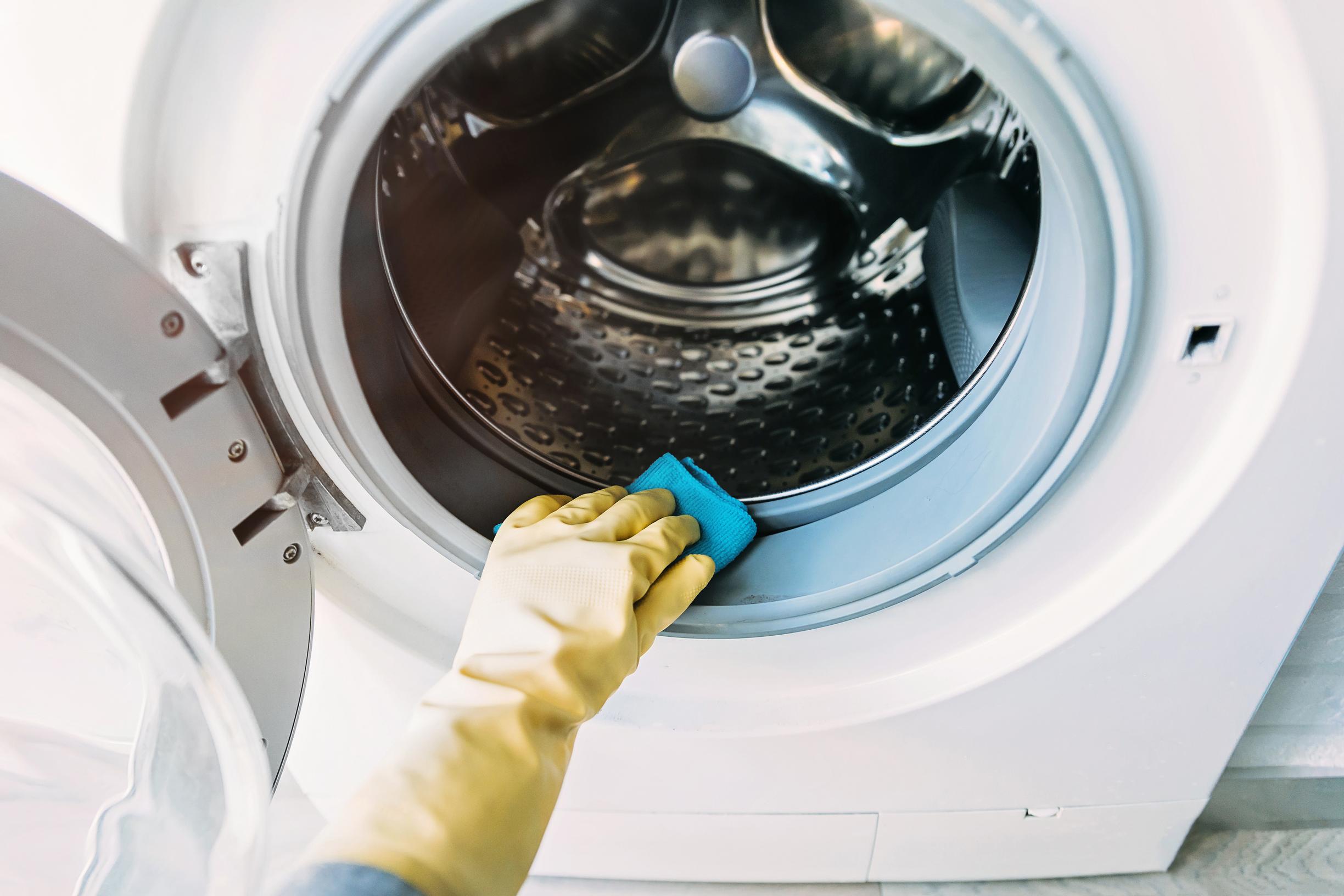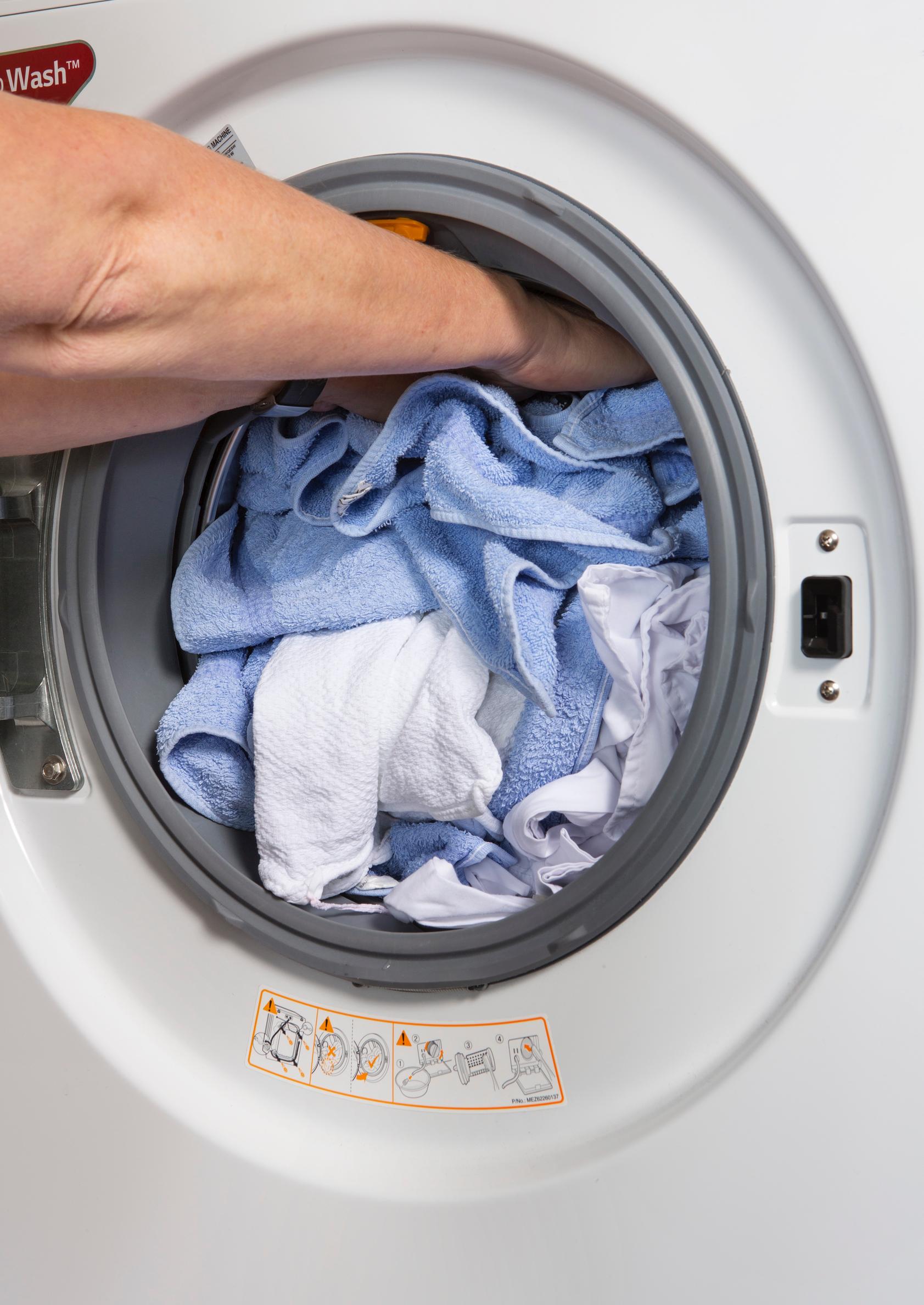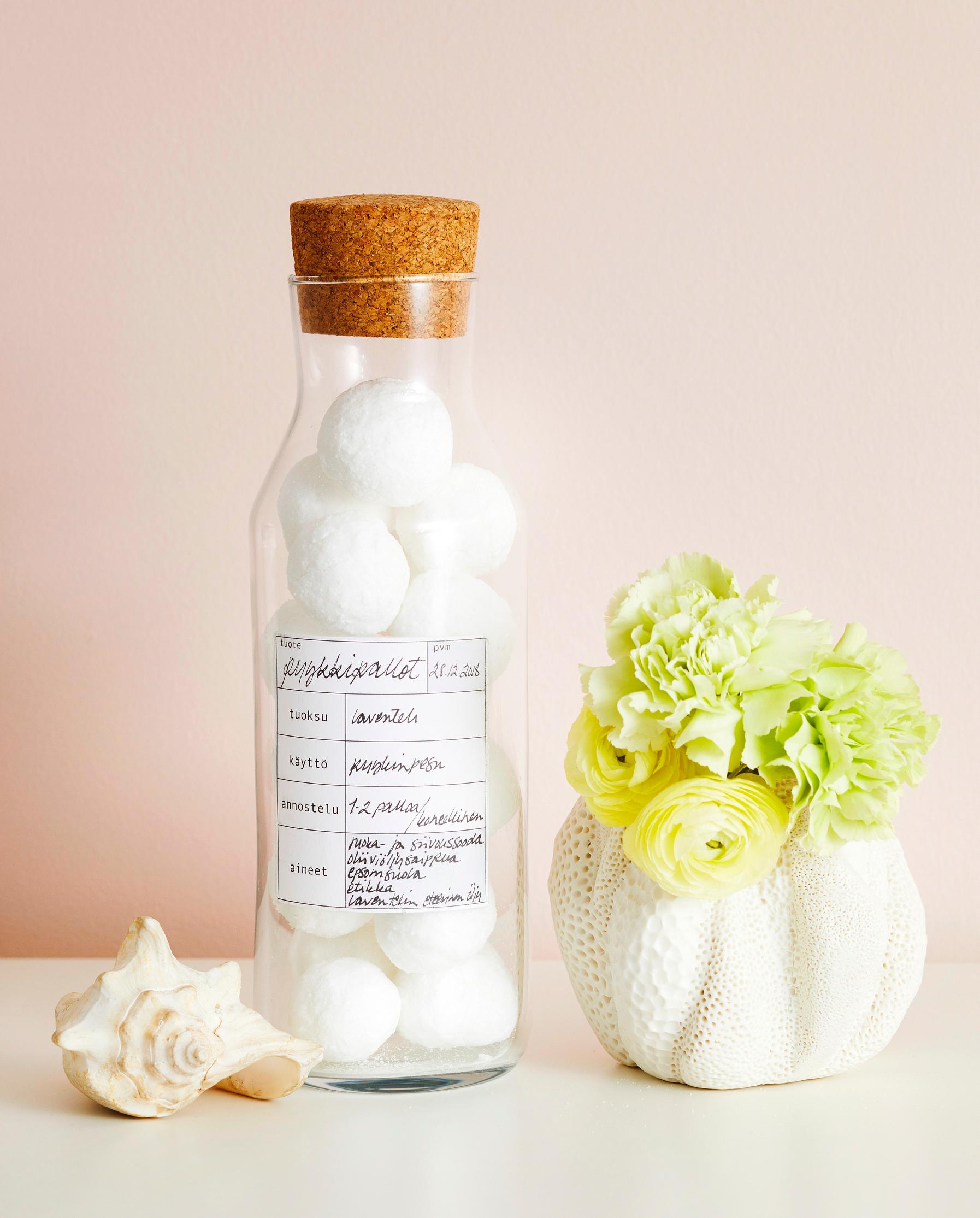
Smelly washing machine? Here’s how to fix it!
It’s a good idea to make washing machine cleaning part of your routine so your laundry always smells fresh. Dirt hampers the machine’s performance and leaves clothes musty. Household expert Niina Silander from Marttaliitto shares her cleaning tips.
It’s a good practice to wipe down the washing machine’s exterior surfaces, clean the seals, and check the lint filter at least once a month. A more thorough cleaning once a year is also recommended. If your laundry smells musty or you often wash at lower temperatures, consider doing a deep clean more frequently—about every six months.
Today’s washing machines typically adjust wash programs automatically—for instance, by detecting load size and altering the cycle length. If you don’t clean the machine regularly, those sensors can get confused, and performance will suffer. Some models even include a dedicated cleaning cycle you can use.
Washing machine cleaning—here’s how to do it
- Add 100 g (3.5 oz) of citric acid or about 0.5 dl (3 tbsp) of vinegar to the detergent compartment.
- Set a 90°C (194°F) full-length wash cycle and let the machine run empty. This freshens the internal parts and removes built-up detergent.
- If the machine is particularly dirty, run the wash cycle again with laundry detergent in the compartment.
- If you notice visible dirt in the drum, scrub it by hand with a suitable cleaning agent and a dish brush. You can also spray in a little water if needed. Then run another empty wash cycle to rinse away any detergent residue.
Cleaning the washing machine with baking soda
You can also freshen a smelly washing machine with baking soda. However, first check the user manual to ensure it’s suitable for your model.
Add the baking soda to the detergent compartment or directly to the drum, mixed with water. Then run an empty 60°C (140°F) or 90°C (194°F) cycle.


Cleaning the washing machine’s detergent compartments
It’s important to remove detergent and fabric softener residues from the detergent compartments. Often, you can remove the entire drawer and wash it with a general-purpose cleaner and a dish brush.
Cleaning the washing machine’s door seal
Over time, the door seal can get grimy. A general-purpose cleaner should do the trick. Wipe the seal dry with a microfiber cloth.
Cleaning the lint filter
It’s easy to overlook the lint filter, but it’s crucial for keeping your machine working properly. A dirty filter can become a breeding ground for bacteria that spread a musty odor to your clothes.
Remove the filter and discard any loose lint or dust with your mixed waste. Then clean the filter thoroughly using a general-purpose cleaner and a dish brush. Be prepared for some water draining from the machine when you take out the filter. Make sure it’s tightened carefully afterward to avoid leaks.


Washing machine smells—what can help?
If you still notice a musty odor after cleaning, ensure you aren’t overloading your machine. When it’s too full, items might not get fully soaked or move around enough.
If the machine itself smells like a drain, there may be buildup in the trap or pipes. A drain opener might clear minor blockages. More extensive cleaning requires opening the trap, which is typically the building owner or management’s responsibility.
How to maintain a clean washing machine
Your washing machine gets dirty faster if you consistently use 40°C (104°F) or lower cycles. Many eco cycles also run at low temperatures. Although these settings conserve energy, it’s wise to run hot wash cycles occasionally to help keep the machine clean. For instance, towels and bed linens can handle higher temperatures well.
It’s a good idea to leave your washing machine door open after use, letting the seal and drum dry out.
Does it matter which laundry detergent you choose?
For keeping the machine clean, it doesn’t really matter whether you use liquid or powder detergent. However, for short wash cycles, liquid detergent usually dissolves more effectively.
It’s more important to switch between different brands, as various formulations work differently. Alternating brands helps maintain cleaning efficiency.
Especially at lower wash temperatures, consider using detergents that are free of phosphates and zeolites. These clay-like compounds can build up on clothes and inside the machine, eventually causing a musty smell.




